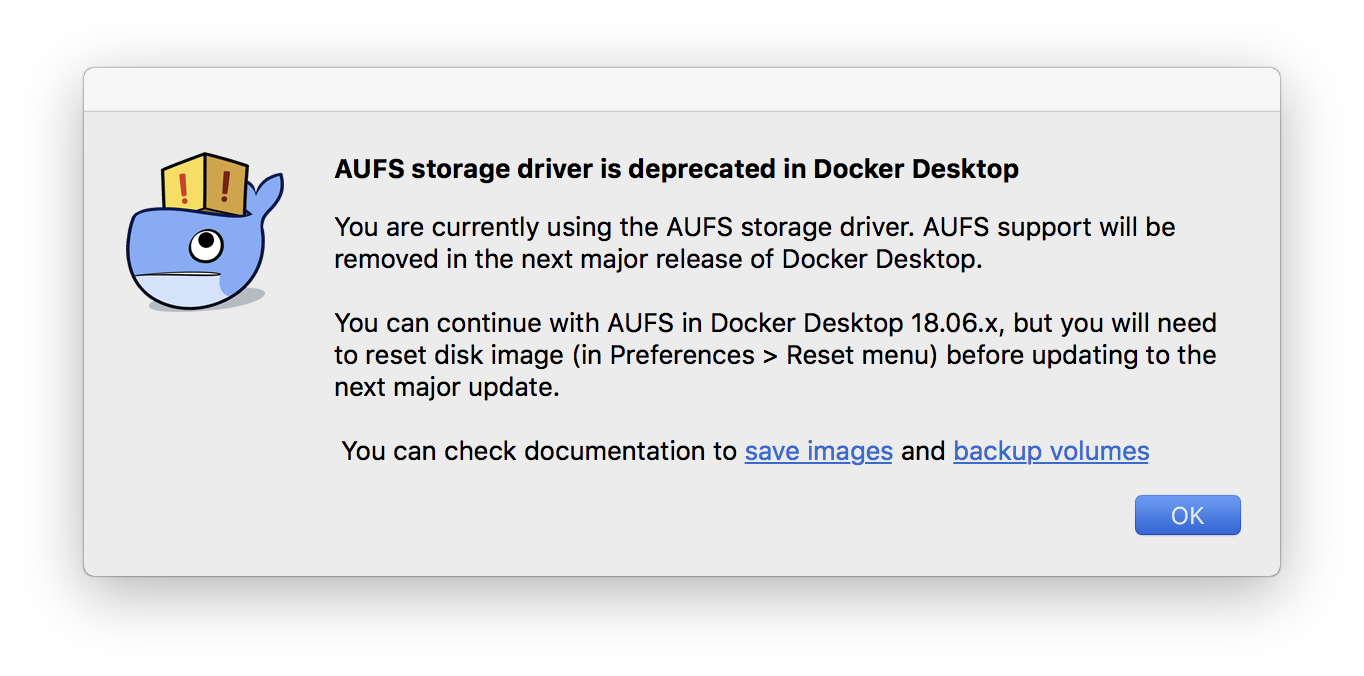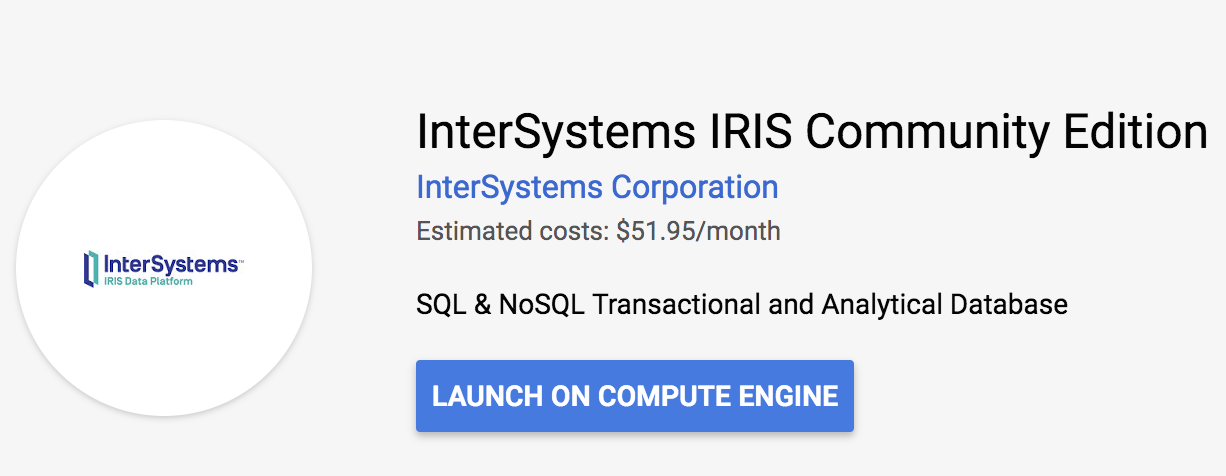Hi Everyone!
New session recording from Global Summit 2018 is already on InterSystems Developers YouTube Channel:
Advanced Cloud Provisioning & Deployment
https://www.youtube.com/embed/BAN-l4nagxI
[This is an embedded link, but you cannot view embedded content directly on the site because you have declined the cookies necessary to access it. To view embedded content, you would need to accept all cookies in your Cookies Settings]







